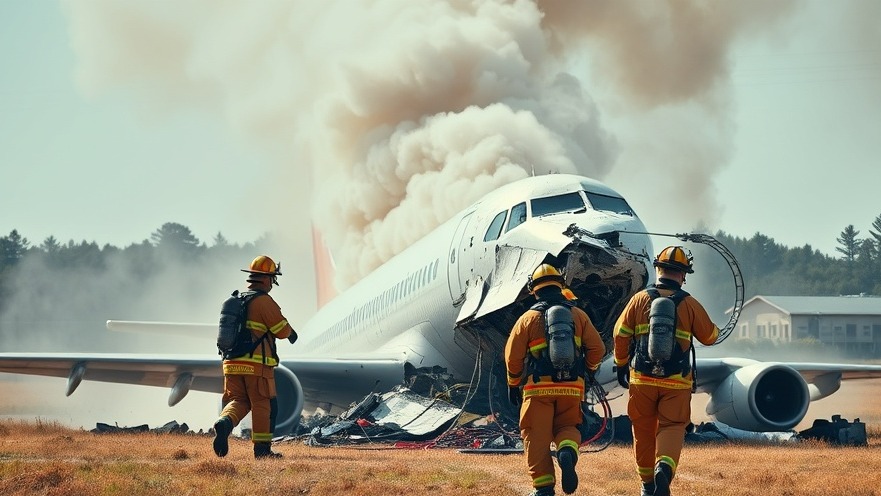
Assessing India-Pakistan Military Dynamics: A Critical Overview
As tensions simmer in South Asia, a detailed examination of military capabilities between India and Pakistan reveals important insights for stakeholders, especially those in the franchise sector who depend on regional stability. The military might of these two nations is shaped by historical context, ongoing political realities, and their respective investments in technology and defense strategies.
Historical Context: Root Causes of Conflict
The roots of India-Pakistan conflict extend back to the partition in 1947, leading to territorial disputes and ideological differences that continue to influence military strategies today. Understanding this context is crucial for makin informed predictions regarding future encounters or collaborations. This longstanding rivalry emphasizes the need for franchises to remain aware of geopolitics, affecting their operations and strategic planning in the region.
Current Military Capabilities: An Overview
India possesses a significant military advantage over Pakistan, with a larger budget, personnel, and advanced technology. For instance, India's defense spending exceeds $75 billion, compared to Pakistan's $11 billion, resulting in greater investment in modernization and technology. The ongoing acquisition of cutting-edge equipment, such as fighter jets and advanced missile systems, further solidifies India’s position as a dominant military power.
Modern Technology and Military Strategies
In the modern battlefield, the role of technology cannot be overstated. India’s military is increasingly leveraging artificial intelligence, unmanned aerial vehicles (UAVs), and cyber warfare capabilities, which enhance its operational effectiveness. Meanwhile, Pakistan remains focused on traditional capabilities and improving its tactical nuances with limited resources. This disparity in technological advancement reflects on the overall military outlook and the potential for future conflicts.
Implications for Franchisors
For franchisors operating within or considering expansion into South Asia, understanding military capabilities and regional dynamics is crucial. High-stakes military tensions can lead to unpredictable market conditions, impacting operational efficiency and brand consistency. Keeping abreast of the situation can help franchisors make informed decisions and remain resilient amid uncertainty.
Future Trends: Predictions for Military Engagement
Looking ahead, both India and Pakistan are likely to continue focusing on enhancing their military technologies and capabilities. Analysts predict a growth in cross-border skirmishes, but also opportunities for diplomatic engagement and defense dialogues. Franchisors would benefit from aligning their strategies with these developments, ensuring that their operations remain both agile and secure.
Conclusion: Staying Informed for Success
In a rapidly evolving landscape, it’s essential for franchisors to harness insights about military dynamics between India and Pakistan. Understanding these elements not only informs operational strategies but also fosters resilience in the face of geopolitical challenges. By actively engaging with current affairs, franchisors can build stronger, more adaptive business models.
 Add Row
Add Row  Add
Add 






Write A Comment